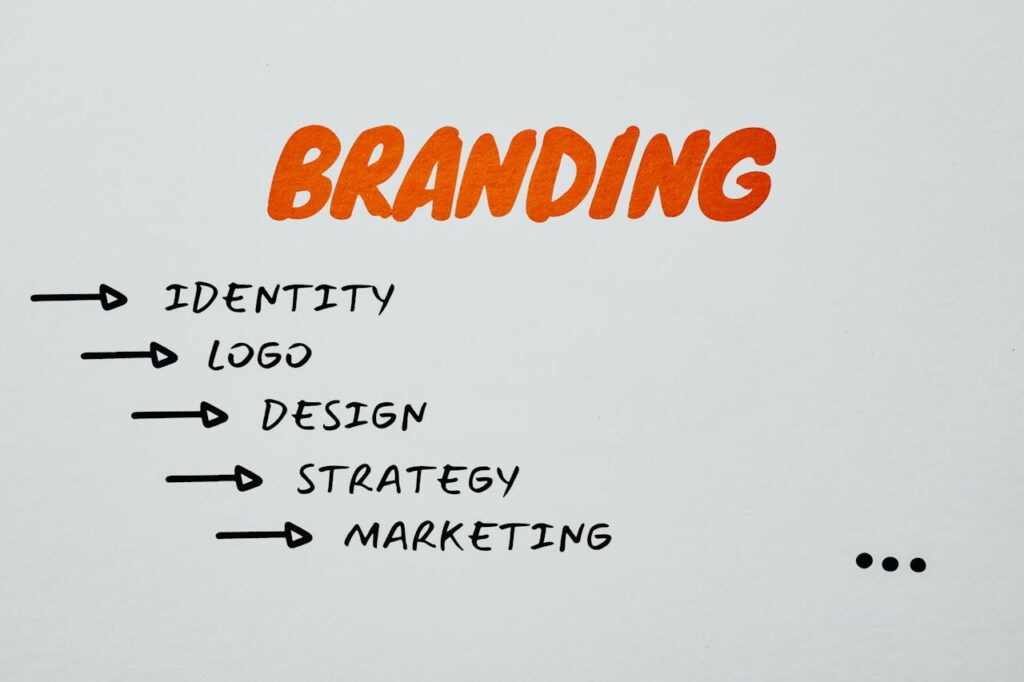Public relations and brand architecture share deep connections in building and maintaining strong corporate identities. PR professionals who understand and apply brand architecture principles can create more strategic, consistent, and impactful communications campaigns. Brand architecture provides the structural framework that defines how different brands within an organization relate to each other, setting clear guidelines for messaging, visual identity, and audience engagement. By adopting these architectural principles, PR practitioners can develop stronger narratives, maintain message consistency, and build lasting brand equity through their communications efforts.
5WPR Insights
Understanding Brand Architecture Fundamentals
Brand architecture establishes the organizational structure and relationships between brands within a company. This framework determines how parent brands, sub-brands, and product lines interact and communicate with audiences. The most common model is the “Branded House” approach, where a dominant corporate brand leads the hierarchy and influences all sub-brands’ messaging and identity.
FedEx demonstrates this model effectively, maintaining consistent naming conventions, visual elements, and messaging across its service divisions like FedEx Express, FedEx Ground, and FedEx Freight. This unified approach helps audiences immediately recognize and trust communications from any part of the organization.
For PR professionals, understanding these structural relationships is critical for developing communication strategies that align with organizational goals. When planning media outreach, content creation, or crisis communications, the brand architecture serves as a guide for maintaining message consistency and reinforcing brand values across all touchpoints.
Integrating Brand Architecture into PR Narrative Planning
Strong PR narratives require careful alignment with brand architecture principles. This integration starts with a thorough Discovery Phase, including stakeholder analysis and SWOT evaluation, to map communication strategies to established brand pillars.
To create effective long-term narratives:
- Identify core brand values and positioning statements from the existing architecture
- Map these elements to specific audience segments and communication channels
- Create message hierarchies that reflect the brand structure
- Develop storytelling frameworks that maintain consistency while allowing for tactical flexibility
Major organizations like Procter & Gamble demonstrate this approach by maintaining distinct brand stories for individual products while connecting them to overarching corporate values and messaging. This allows PR teams to tell compelling stories at both the product and corporate levels while maintaining clear brand relationships.
Maintaining Tone Consistency Across Communications
Tone consistency represents one of the most challenging aspects of PR execution. Brand architecture provides valuable guidance for maintaining a unified voice across all communications channels and campaigns.
Start by establishing clear tone guidelines that reflect the master brand’s personality and values. These guidelines should include:
- Voice characteristics (formal vs. casual, technical vs. conversational)
- Word choice preferences
- Communication style for different channels and audiences
- Examples of appropriate and inappropriate messaging
Apple’s PR communications exemplify strong tone consistency, maintaining a sophisticated yet accessible voice that aligns perfectly with their brand positioning. Their product announcements, press releases, and executive communications all reflect this carefully crafted tone.
Aligning Visual Elements with Brand Architecture
Visual consistency in PR materials strengthens brand recognition and message impact. Brand architecture provides the framework for managing visual elements across all communications.
Key considerations for visual alignment include:
- Logo usage and placement
- Color palette applications
- Typography standards
- Image style and selection
- Design templates for different communication types
Nike’s PR materials demonstrate excellent visual consistency, with their iconic swoosh logo and bold typography creating instant recognition across all communications platforms.
Building Trust Through Strategic Brand Architecture
PR professionals can build stronger stakeholder trust by leveraging brand architecture principles in their communications strategies. This approach requires:
- Clear articulation of brand values and promises
- Consistent delivery of key messages
- Strategic stakeholder engagement
- Regular measurement of brand perception and trust metrics
Research shows that brands with consistent messaging across all touchpoints experience 23% higher revenue on average compared to those with inconsistent communications.
Managing Brand Transitions and Changes
During rebranding initiatives or corporate mergers, brand architecture principles become especially valuable for maintaining clear communications. Successful transition management requires:
- Clear communication plans for all stakeholders
- Structured timeline for message rollout
- Detailed guidelines for transitioning visual elements
- Risk management strategies for potential challenges
When Dunkin’ Donuts rebranded to simply “Dunkin'” in 2019, their PR team used a carefully structured communications plan to maintain brand equity while introducing the new identity.
Measuring PR Impact Through Brand Architecture Lens
Effective measurement of PR efforts should align with brand architecture goals. Key metrics to track include:
- Brand awareness and recognition
- Message penetration and consistency
- Stakeholder engagement levels
- Brand sentiment and perception
- Share of voice in target markets
Conclusion
Brand architecture principles offer PR professionals valuable tools for creating more strategic, consistent, and effective communications. By understanding and applying these principles, PR practitioners can better align their work with organizational goals, maintain message consistency, and build stronger brand equity over time.
To implement these learnings effectively:
- Review your organization’s brand architecture documentation
- Audit current PR materials for alignment with brand principles
- Develop updated guidelines for narrative development and tone consistency
- Create measurement frameworks that track brand architecture alignment
- Regular training for team members on brand architecture principles and applications
Success in modern PR requires understanding both traditional communication techniques and strategic brand management principles. By combining these disciplines, PR professionals can deliver more value to their organizations and build stronger, more resilient brands.

More PR Insights
Why Your SEO Team Should Sit in on PR Planning
Making Pricing Pages Tell Your Brand Story
How To Hire And Structure An Effective In-House Brand Journalism Team